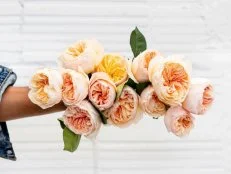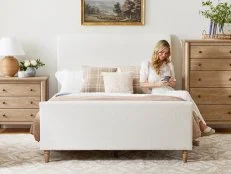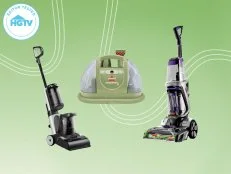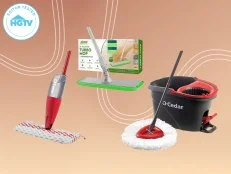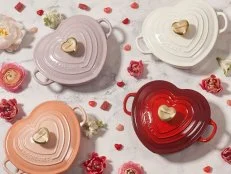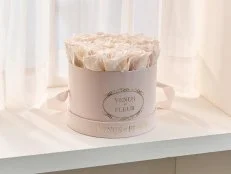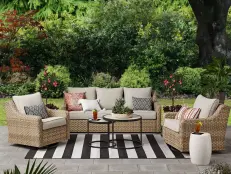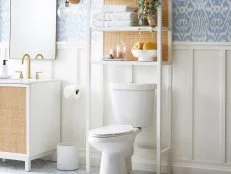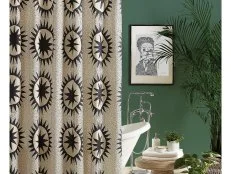Basement Storage Tips

When properly utilized, a basement can add much-needed storage space for your home, instead of being that black hole where things are tossed and disappear.
"People are really looking to maximize every space they have now and basements allow them to do that," says Oak Park, Illinois interior designer Amanda Miller. "The more organized you are, the more you can achieve in the space."
Consider the space itself. While some basements are a finished lower level of the home, others can be damp and dark with a high humidity level. These conditions can lead to mildew and mold growth, musty odors and damage to items like upholstered furniture. Address any moisture-related problems before you move items downstairs.
Tip One: Determine what you need to store in your basement
Removing everything from a basement to sort items can be overwhelming for most people, says Omaha, Nebraska-based Certified Professional OrganizerAmy Tokos, CPO. Instead, Tokos suggests sorting items into bins using five or six general categories (like "toys" or "household cleaning supplies") to establish what to keep, toss or donate to a local charity. Group like items together, and set up zones for storage of designated items.
Miller takes a different approach with her clients: she first focuses on how her clients use the space and the style they want, then builds a vision for the basement before they sort and purge items.
"I ask them questions like what are your actual media needs? Are those toys no longer used? Their answers help us establish the storage solutions for the space," explains Miller.
Clever Storage for Your Basement
See All PhotosTip Two: Utilize key tools for different storage needs
How often you need to access items and the size of the items helps you decide the best storage solutions for your basement.
"Shelves are really important for storing items in basements because they get everything off the floor and they help you use vertical storage space," says Tokos.
Miller likes clear labeled bins for households with children, so they can easily see what's inside and resist the urge to dump everything on the floor. Avoid using cardboard boxes in damp basements, because they can become mold-y and attract rodents.
If you have the budget, built-in cabinetry gives you the luxury of creating storage where you need it. Free-standing storage units available at many retailers are a good alternative. Wall systems with labeled baskets that slide in and out are great for a finished basement that doubles as a media or play room.
Tip Three: Use special solutions for hard-to-store items
Keepsakes require special attention. When storing fine linens, use an acid-free box and separate the linens with acid-free tissue paper. Felt rounds used between stacked plates sorted by color helps preserve heirloom dishes.
Color-coded, tight-lidded plastic bins (red for Christmas, orange for Halloween) help keep holiday decorations easy-to-find and organized. When storing out-of-season clothes, a hanging rack with dust cover is better than boxes that take up space. If you want to store heavy sweaters, use covered bins with cedar balls added for freshness.
For wedding gowns, many dry cleaners offer "heirloom packaging" that protect the garment from the elements--but store the dress on a top shelf or in another spot in the house if your basement isn't dry or temperature-controlled.
Keep toys easily accessible but organized. A labeled bin, drawer or basket all work, but for little kids consider adding a picture along with words to your label. Avoid a big, deep general bin that can create a large mess, warns Miller.
Pieces of sports equipment can be hung on the wall, freeing up floor space and helping you avoid a safety or tripping hazard. And for family photo albums, Tokos suggests having them digitally converted for easier and safer storage of your most prized images.
Tip Four: Make your system user-friendly
No matter your storage system, the time and effort required to set it up will feel wasted if you go back to bad habits. Keep your storage solutions as simple and basic as possible, so everyone is encouraged to place items where they belong.







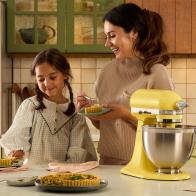

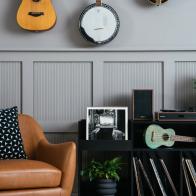








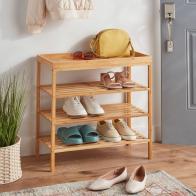
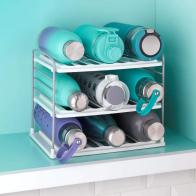



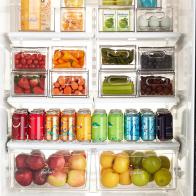




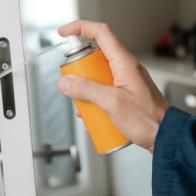



.jpg.rend.hgtvcom.196.196.suffix/1738869041672.jpeg)

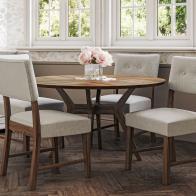




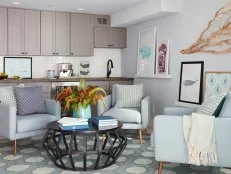










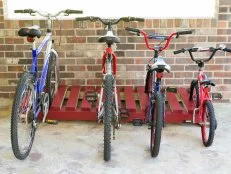


.jpg.rend.hgtvcom.231.174.85.suffix/1738869041672.webp)








